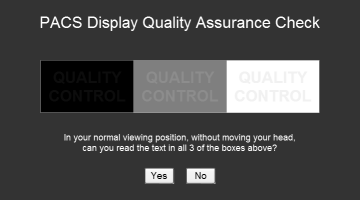The National Institute for Clinical Excellence (NICE) have issued new guidelines for UTI in children (Ref CG54).
There is a handy quick reference guide (Imaging is covered in pages 12 - 13).
Other relevant NICE documents, including the full guidance, can be found here.
A few months ago my paediatrician colleague Dr Job Cyriac gave a nice lecture on this topic. You can view his slides here.
A significant change in radiological practice has been the reduction in the number of micturating cystourethrograms, which is great for everyone.
There is a handy quick reference guide (Imaging is covered in pages 12 - 13).
Other relevant NICE documents, including the full guidance, can be found here.
A few months ago my paediatrician colleague Dr Job Cyriac gave a nice lecture on this topic. You can view his slides here.
A significant change in radiological practice has been the reduction in the number of micturating cystourethrograms, which is great for everyone.












